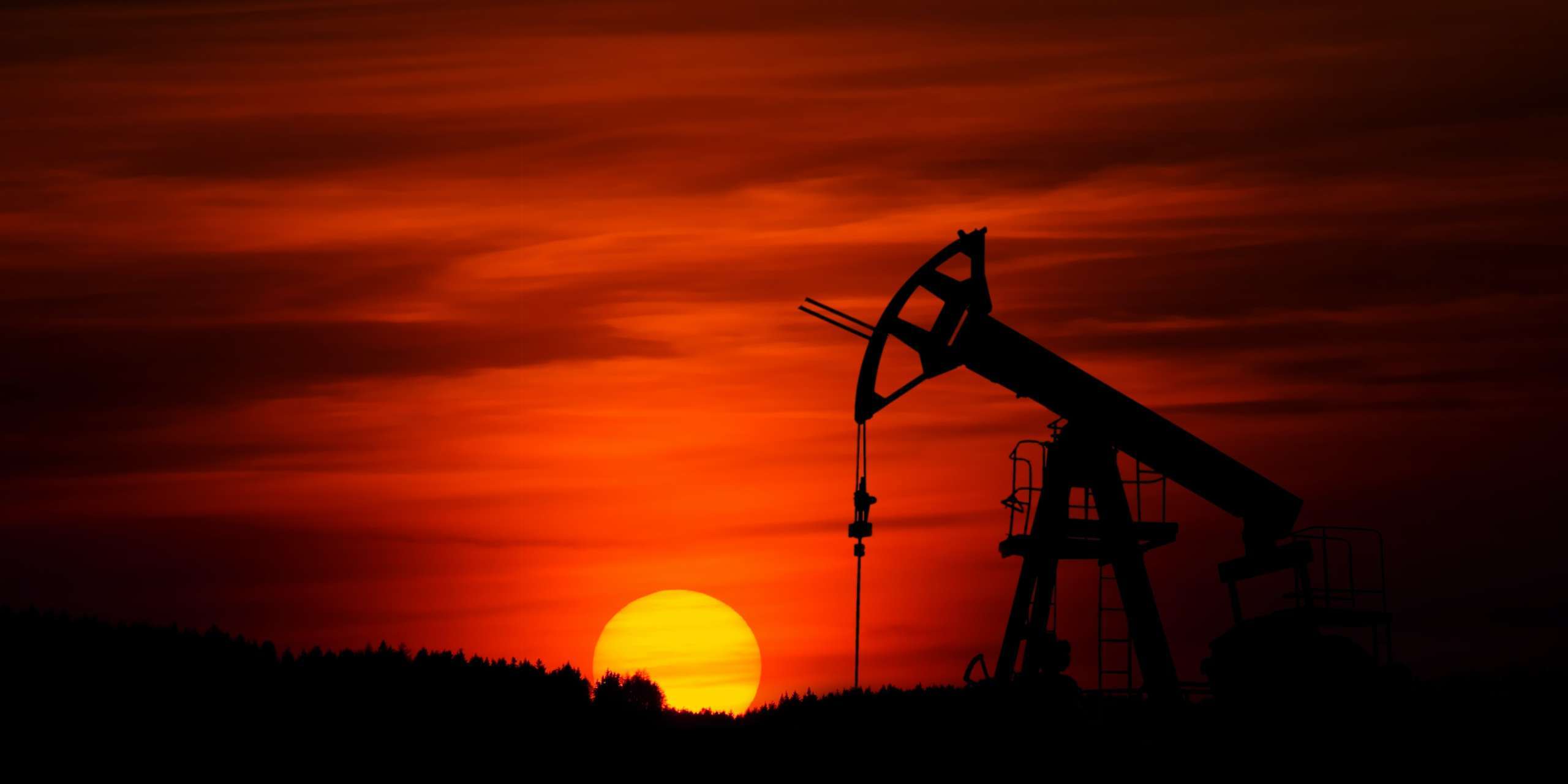This summer is on track to being the hottest on record, with 2024 very likely to be the hottest year.
Fueled by global warming, extreme heat is the leading weather-related cause of death in the United States. It claims the lives of around 2,000 workers and injures another 170,000 in heat stress-related incidents each year, according to Public Citizen.
Workers whose jobs expose them to dangerous heat — like farm, construction, maintenance, delivery, and warehouse workers — are the most vulnerable. Underlying inequities further compound the risks for lower-income workers and workers of color.
In August, as temperatures in Baltimore approached 100 degrees, heat tragically killed 36-year-old Ronald Silver II, a city sanitation worker. “He was found lying on the hood of a car and asking for water,” reported The Guardian. In other instances, airport workers have passed out and suffered from other symptoms of heat exhaustion while on the job.
These deaths and illnesses could have been prevented if long overdue, proper workplace heat protection standards had been in place.
Some life-saving relief may be on the horizon, however. On July 2, the Biden administration announced a new proposed rule that would establish the country’s first federal heat safety standard. It would help protect around 36 million workers — both indoor and outdoor — from heat-related deaths and injuries.
If finalized, the new Occupational Safety and Health Administration (OSHA) regulations would require employers to provide drinking water and rest breaks when the combined temperature and relative humidity hit 80 degrees.
Employers would also be required to develop a heat injury and illness prevention plan, provide training, and immediately assist a worker who is experiencing a heat emergency. Additional protections would be triggered once the heat index reaches 90 degrees, including a minimum 15-minute paid rest break every two hours.
In the absence of a nationwide standard, only five states have implemented their own regulations to protect workers from heat: California, Washington, Oregon, Colorado, and Minnesota. The types of industries covered vary for each state, as do the workplace settings (indoor and/or outdoor) and the temperature levels that trigger safety requirements.
Some localities have taken matters into their own hands. The city of Phoenix, which endured 31 consecutive days of temperatures over 110 degrees last summer, passed an ordinance in March that requires city contractors and subcontractors to provide access to shade, rest, water, and air conditioning for their outside workers, including construction and airport workers.
In stark contrast, several states cruelly continue to prevent localities from implementing the most basic protections.
Texas Governor Greg Abbott signed a bill last year that rescinded mandatory rest and water breaks for construction workers. And at the urging of powerful business interests and their lobbyists, this year Florida Governor Ron DeSantis signed a measure that bans localities from passing heat protections like water breaks and shade for outdoor workers. At least two farmworkers in Florida died last year from heat exposure.
A federal heat safety standard would help counter these unconscionable attacks on workers and save lives. But it could take years to finalize. In addition to election year uncertainties, final approval will likely face challenges from big business and lobbying groups, particularly from the agricultural and construction sectors.
Until then, state governments should act urgently and adopt their own worker protections. Congress can also direct OSHA to issue an interim heat safety standard until a final heat standard is issued.
The summers won’t be getting any cooler. And workers’ lives hang in the balance.

Farrah Hassen, J.D., is a writer, policy analyst, and adjunct professor in the Department of Political Science at Cal Poly Pomona. This op-ed was distributed by OtherWords.org.




